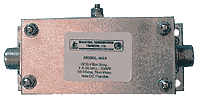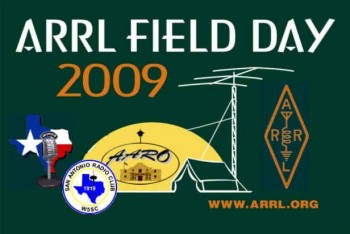 W2IK writes: I have listed a few tips which may make your field day setups more successful and more enjoyable.
W2IK writes: I have listed a few tips which may make your field day setups more successful and more enjoyable.
1. When setting up antennas within close proximity: If you are using wire antennas such as dipoles, and they run parallel to each other there will be interference on your HF operating bands in the form of hash so arrange them at right angles to each other and at slightly different heights. If you use wire antennas such as dipoles, try to stay away from trap dipoles and use full length antennas instead. You may also wish to run your dipoles in different configurations such as have one as an “inverted V” and another as a sloper, etc. An antenna cut to the exact band you are using will decrease interference to and from other bands. Do not use compromise or “all band” antennas. On HF, stay away from vertical antennas as they receive too much man-made noise from sources such as generators, etc.
 2. When operating within a tight area, as required by FD rules, it also pays to use “band pass filters” such as those manufactured by ICE. I have a full set of these HF filters and they work great. They are only about $ 38 per band and drastically reduce interference from your other operating posts. If your pocketbook can’t afford them, use coax “stub” filters. The lengths of these and how to build them can be found at: http://www.k1ttt.net/technote/k2trstub.html They are simple to make and easy to use. Both systems have been used by the major DXpeditions all over the world with great success. On HF frequencies make sure each operating station is properly grounded. Do NOT use a common ground for all your operating posts.
2. When operating within a tight area, as required by FD rules, it also pays to use “band pass filters” such as those manufactured by ICE. I have a full set of these HF filters and they work great. They are only about $ 38 per band and drastically reduce interference from your other operating posts. If your pocketbook can’t afford them, use coax “stub” filters. The lengths of these and how to build them can be found at: http://www.k1ttt.net/technote/k2trstub.html They are simple to make and easy to use. Both systems have been used by the major DXpeditions all over the world with great success. On HF frequencies make sure each operating station is properly grounded. Do NOT use a common ground for all your operating posts.

